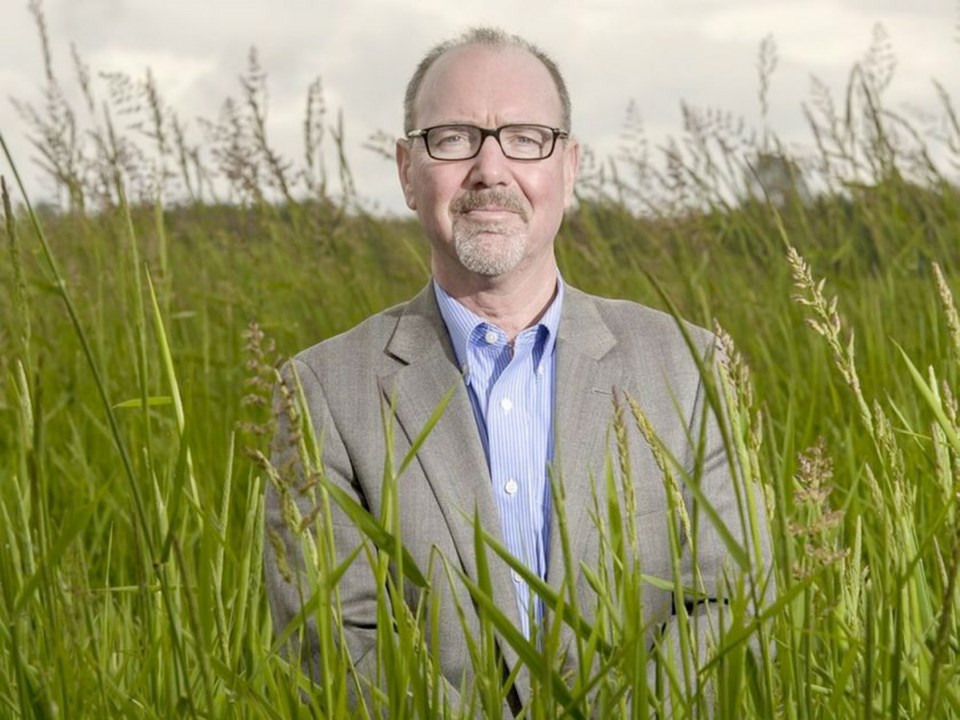VANCOUVER — The B.C. government’s consultation on the future of the Agricultural Land Reserve will have more than opinions to weigh this spring, as Kwantlen University’s Institute for Sustainable Food Systems has released a white paper detailing the forces that continue to chip away at the province’s farmland.
About 50 per cent of ALR land is lying unused, in part due to B.C. s failure to ensure the economic viability of the food sector, according to the authors of Protection is not Enough.
But that doesn’t mean it should be used for something else, according to Richard Bullock, former chairman of the Agricultural Land Commission, which oversees the ALR.
Rather, “serious consideration should be given to eliminating the ability to exclude land from the ALR and to ensure that agricultural vitality of land within the ALR is maintained,” he writes.
The ALR was created in 1973 to protect 4.7 million hectares of farmland, because only five per cent of B.C.’s land area is considered suitable for agriculture. At that time more than 6,000 hectares of farmland was being lost to development each year. That pace has slowed to about 600 hectares a year.
The authors, including ISFS director Kent Mullinix, argue that development pressure fuelled by land exclusions for housing and other uses have driven farmland prices so high that farmers can’t buy it and expect to farm profitably.
Even though the chances of successfully excluding land from the ALR are small, the payoff is so huge that speculators and developers are buying and holding land that could be used for farming, the authors say.
An investigation of 122 land sales in the Metro Vancouver area revealed that 73 of those transactions were completed by investors rather than farmers, the study notes.
“When lands shift from agricultural to urban use the land values increase substantially. The lift in value can be huge, from a $40,000-per-acre value as agricultural land to over $1 million per acre as urban land,” concluded a separate study co-authored by Mullinix.
B.C. should consider restrictions on ownership of farmland to people who have a demonstrated intention or ability to farm, the report suggests, a strategy already employed in other parts of Canada and in Europe.
The authors also suggest tax reforms that would put pressure on people using farmland for residential purposes to return it to agricultural uses and create a disincentive to conversion and exclusion.
The B.C. government this year appointed a committee to conduct a provincewide consultation and review of the rules governing the ALR to protect arable land and encourage farming. Jennifer Dyson is leading the advisory panel convened by provincial Agriculture Minister Lana Popham in January.



